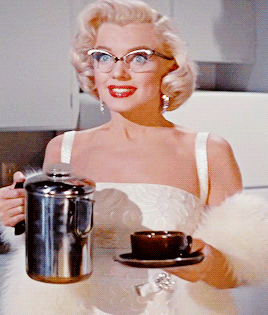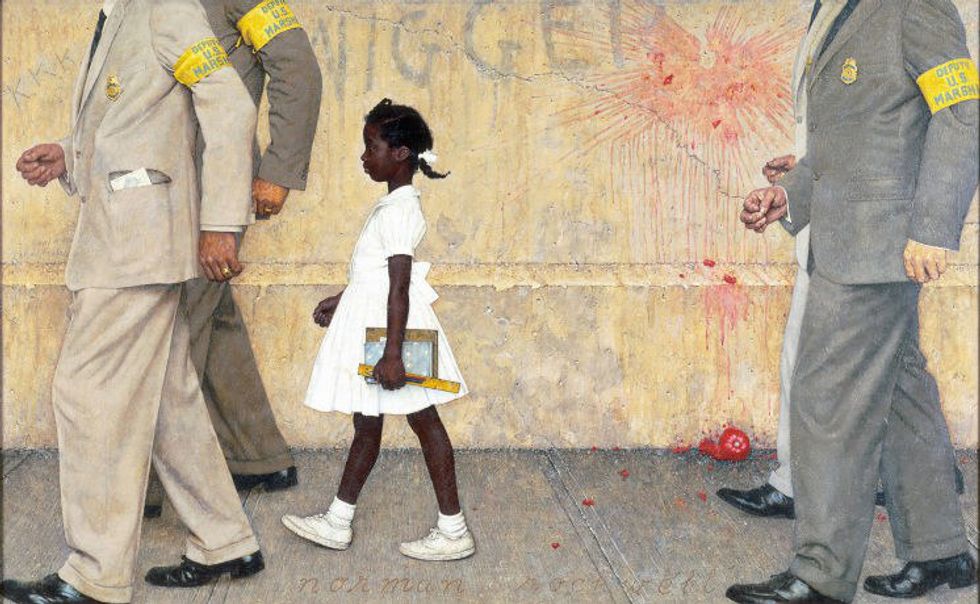I'm constantly seeing posts on Facebook and Instagram about how "We were born in the wrong decade" because of how aesthetically pleasing milkshake dates in diners were and how everything was more beautiful in black and white. But let's be real, America certainly had it's problems, especially if you were a person of color.
Film and television set back in that time period isn't always accurate. Let's take AMC's Mad Men for example. It's about a New York advertising company in the 1960s and although a lot of the details in the show were very true to the times, they lacked diversity. They were set in New York on Madison Avenue, but there weren't any major black characters until six seasons in the show. In a way, I feel like the show itself was very whitewashed because of its "diversity problem" and how it poked fun at racial stereotypes. It's still worth watching to see how the times changed and how gender roles shifted.
Before I get too deep into this, I'll make a disclaimer that I love the vintage aesthetic and I could watch Marilyn Monroe films all day, but I'm not super pleased with the times. Yes, it was a time of change but not everything was so pastel and pretty. It's important to be aware of the more important things, too. It's time to spill tea.
Let's not forget Ruby Bridges, one of the first black children to desegregate a Louisiana school after Brown vs. Board of Education, who faced daily backlash on her walks to school. She was guarded from angry white mobs, many of whom were white parents who didn't want their children attending school with a black child. In fact, Ruby was the only student in her class, instructed by Barbara Henry. She overcame adversity and became a key figure in the Civil Rights Movement.
I don't think that the Asian American civil rights movement was talked about much in history textbooks, but just which helped Asian Americans in their fight against oppression, and for the inclusion of Asian studies and other ethnic studies to be taught at colleges and universities. In addition to that, there was the Native American (American Indian) civil rights movement, which later put the Indian Civil Rights Act of 1968 into legislation.
To say the least, we only like to think of these times fondly of these times because of how beautiful and they looked in photos and in film, but never forgot what happened. I understand that these are heavy issues to talk about, but they're definitely worth reading about, instead of being swept under that 50s rug of America, hoping that we were an invincible and progressive country, despite having skeletons in the closet and blood on our hands.
























